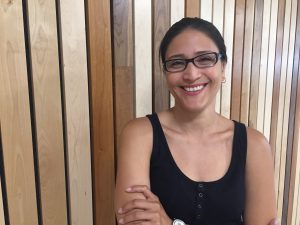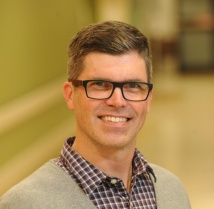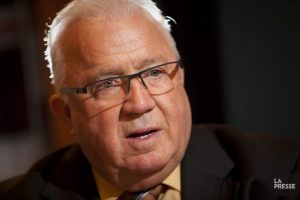The 30th Lieutenant Governor of Nova Scotia may be over a decade removed from office, but she’s still finding ways to help people. The Honourable Myra Freeman, CM, ONS, MSM, CD, has a new project: access to justice.
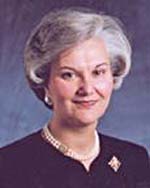
“As we know, it’s actually the middle class that cannot afford the justice system. In low-income, legal aid can help you out. You have a door to go to, you have an avenue to go to,” said Freeman. “People who are comfortable can just pay for it. But the middle class is at a point where they have to mortgage their home to pay for [legal] fees.”
There’s no one technique for opening up justice to everyone. Freeman and the people she is working with are exploring every possible solution. They’re looking at innovative technology, new public policy, and successful programs in other areas.
The access to justice initiative is the latest in a long line of Freeman’s efforts at helping her community.
“When I was in office I established different awards. I think the one I’m most proud of is the Lieutenant Governor’s Masterworks award, which gives an opportunity for artists to showcase their creative talent,” she said.
Although Freeman remembers her Lieutenant Governorship for the good she was able to do for her community, that was not actually her primary job.
“The Lieutenant Governor is the Crown’s representative in the province. So, kind of equivalent to the Governor General at the federal level,” said Lori Turnbull, an associate professor of political science at Dalhousie who specializes in Canadian politics. “The primary goal of the Lieutenant Governor is to make sure there is always a premier.”
Although that is technically their primary goal, most Lieutenant Governor’s don’t have to worry about the provincial government during their term. Recently, The Honourable Judith Guichon, Lieutenant Governor of British Columbia, was in the news as the B.C. government was in turmoil following their provincial election.
Freeman never had to deal with a major political situation during her time in power, like the one Guichon presided over in B.C., so Nova Scotians remember her for less contentious reasons. Since that primary duty of office so rarely comes up, the Lieutenant Governor has other obligations as well.
“They also have a ceremonial role where they would present honours and awards to deserving Nova Scotians and recognize Nova Scotians who have distinguished themselves in the province,” said Craig Walkington. Walkington is the communications advisor to the office of the Lieutenant Governor of Nova Scotia, and he is currently serving under his second Lieutenant Governor.
“They also play what I call a promotional role, where they promote the good things in Nova Scotia,” he added.
As for Freeman specifically, Walkington has a whole list of features that made her run in office unique.
She was the first female Lieutenant Governor in the history of Nova Scotia, as well as the first Jewish Lieutenant Governor in all of Canada. She opened up the Lieutenant Governor’s residence, called the Government House, to the public; to this day, the office of the Lieutenant Governor still calls it the ceremonial home of all Nova Scotians. With her background as a schoolteacher, she focused on supporting education and children during her time as Lieutenant Governor. On top of all that, she was appointed as an honorary captain in the Royal Canadian Navy.
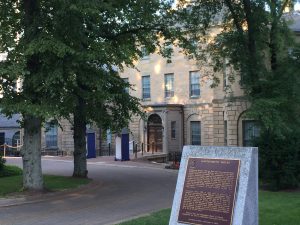
But in spite of all the amazing these events that Freeman attended, the amazing people that she met and amazing things that she did, there’s one thing that Freeman remembers most from her time as Lieutenant Governor. And it’s something she’s still practicing today: helping other people.
“Public service makes me feel good. All of us hope that we can make a difference in the lives of others, and that we can leave our mark,” she said.


